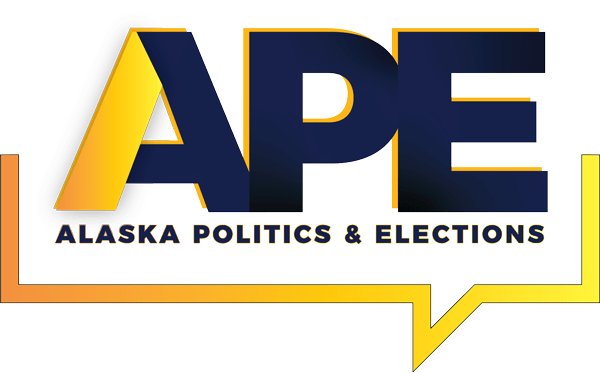Some argue that S&P’s recent note re-enforces the argument for cutting the PFD in the coming special session. We strongly disagree.
Read closely, the note bases its analysis on the Administration’s revenue and spending forecasts, which maintain excessive (non-sustainable) spending levels and predict substantially lower oil prices than most oil analysts agree are likely. (IEA’s and others most recent forecasts are $80/bbl by 2020; the Administration’s current forecast is $54).
Assume high spending and low oil revenues and, yes, PFD cuts become inevitable. But that’s not the only fiscal plan available to Alaska.
Reduce spending to sustainable levels, use the unallocated portion of the Permanent Fund earnings to supplement oil revenues (as Governor Hammond always anticipated) and use reasonable, expert driven oil prices as the basis for the forecast and a different picture emerges. The PFD can be maintained based on the current formula alongside a leaner government.
There also is an overall economic impact to consider. The recent ISER analysis makes clear that, while good for continued elevated government spending levels, cutting the PFD has the worst effect on the overall Alaska economy (the economy loses $1.40 for every $1 in PFD cuts). There is no pre-ordained outcome.
The Alaska Legislature can go in the direction urged by the Governor, maintain current government spending levels, and cut the PFD. Or they have the opportunity, instead, to take a different path by cutting spending to long-term sustainable levels, base their decision on a reasonable oil prices, and do what’s best for the overall Alaska economy by maintaining current PFD levels.
It’s a choice. They will need to be prepared to defend the one they make.
Brad Keithley – Saturday’s “First Post” by Alaskans for Sustainable Budgets











